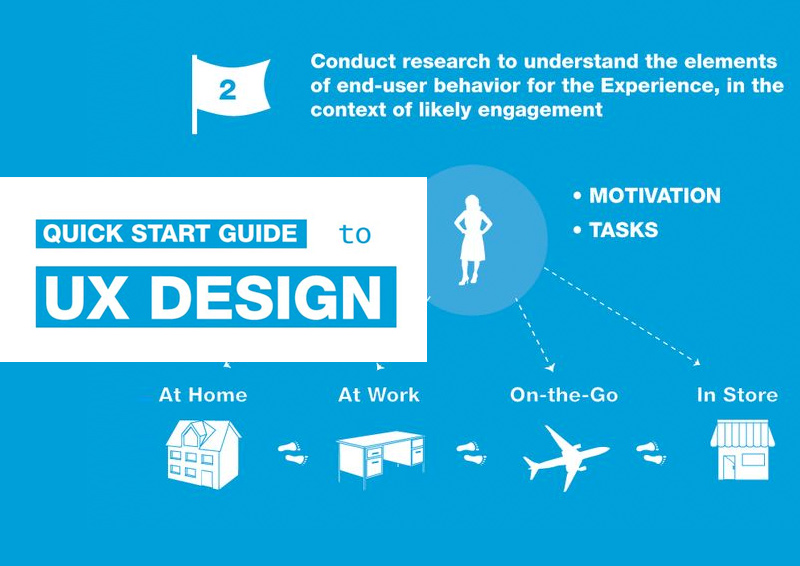Internet Site Design: A Trip With Time.From Modest Beginnings To Contemporary Marvels, Internet Site Style Has Actually Undergone A Considerable Makeover For Many Years
Internet Site Design: A Trip With Time.From Modest Beginnings To Contemporary Marvels, Internet Site Style Has Actually Undergone A Considerable Makeover For Many Years
Blog Article
Developed By-Johansen Bowles
In the past, web sites were basic and focused on info. Navigating was direct, and style was for desktops. Now, customer experience is essential. Data overviews styles for very easy navigation. Responsive designs match various tools. Today, dark setting minimizes pressure, and minimalist food selections boost navigation. Interactive attributes engage users, and strong visuals stand out. AI combination enhances engagement. See just how style has evolved to boost your online journey.
Very Early Days of Website Design
In the very early days of web design, simpleness preponderated. Sites were basic, with limited colors, font styles, and layouts. The emphasis was on giving details rather than fancy visuals. Customers accessed the web via sluggish dial-up connections, so speed and functionality were key.
Navigation menus were straightforward, usually located at the top or side of the page. Internet sites were designed for desktop, as mobile browsing wasn't yet prevalent. Content was king, and developers focused on simple readability over intricate design elements.
HTML was the main coding language utilized, and designers had to work within its restrictions. Animations and interactive features were marginal compared to today's criteria. Web sites were fixed, with little vibrant material or tailored customer experiences.
Rise of User-Focused Design
With the development of website layout, a change towards user-focused style principles has come to be significantly prominent. Today, producing websites that focus on customer experience is essential for involving site visitors and attaining company objectives. User-focused layout involves recognizing the requirements, choices, and behaviors of your target audience to customize the site's design, material, and features appropriately.
Designers currently perform extensive research, such as customer surveys and usability screening, to gather insights and comments directly from individuals. This data-driven approach aids in developing user-friendly navigating, clear calls-to-action, and aesthetically appealing interfaces that resonate with site visitors. By positioning the individual at the center of the design process, websites can supply an extra personalized and delightful experience.
Receptive style has also emerged as a key element of user-focused design, making certain that web sites are enhanced for various tools and screen dimensions. This flexibility improves access and functionality, catering to the diverse methods customers engage with web sites today. Fundamentally, the rise of user-focused layout indicates a change towards producing electronic experiences that focus on the needs and assumptions of the end user.
Modern Trends in Website Design
Explore the current fads shaping web design today. https://how-to-improve-search-eng19764.webbuzzfeed.com/30395610/crafting-engaging-marketing-text-for-your-pay-per-click-projects is dark mode layout, using a sleek and contemporary look while decreasing eye pressure in low-light settings. Another crucial trend is minimalist navigation, streamlining menus and improving individual experience by focusing on essential elements. Including micro-interactions, such as computer animated buttons or scrolling results, can create a much more interesting and interactive site. web design and web development stays essential, making certain smooth user experiences throughout numerous tools. Additionally, using bold typography and asymmetrical layouts can add visual rate of interest and draw attention to certain content.
Incorporating AI technology, like chatbots for client assistance or individualized suggestions, enhances customer involvement and simplifies processes. Access has additionally become a significant pattern, with designers prioritizing comprehensive layout practices to deal with varied individual demands. Embracing sustainability by maximizing website performance for speed and performance is another arising fad in website design. Collaborating with customer comments and data analytics to repeat and boost style continually is crucial for remaining appropriate in the ever-evolving electronic landscape. By welcoming these modern fads, you can create an aesthetically attractive, easy to use internet site that resonates with your audience.
Conclusion
As you reflect on the development of web site layout from the early days to now, you can see exactly how user-focused style has ended up being the driving pressure behind modern-day trends.
Accept the trip of adjustment and adjustment in web design, always maintaining the customer experience at the center.
Keep present with the current trends and innovations, and never ever quit evolving your technique to develop aesthetically stunning and straightforward sites.
Develop, adjust, and produce - the future of web design is in your hands.
